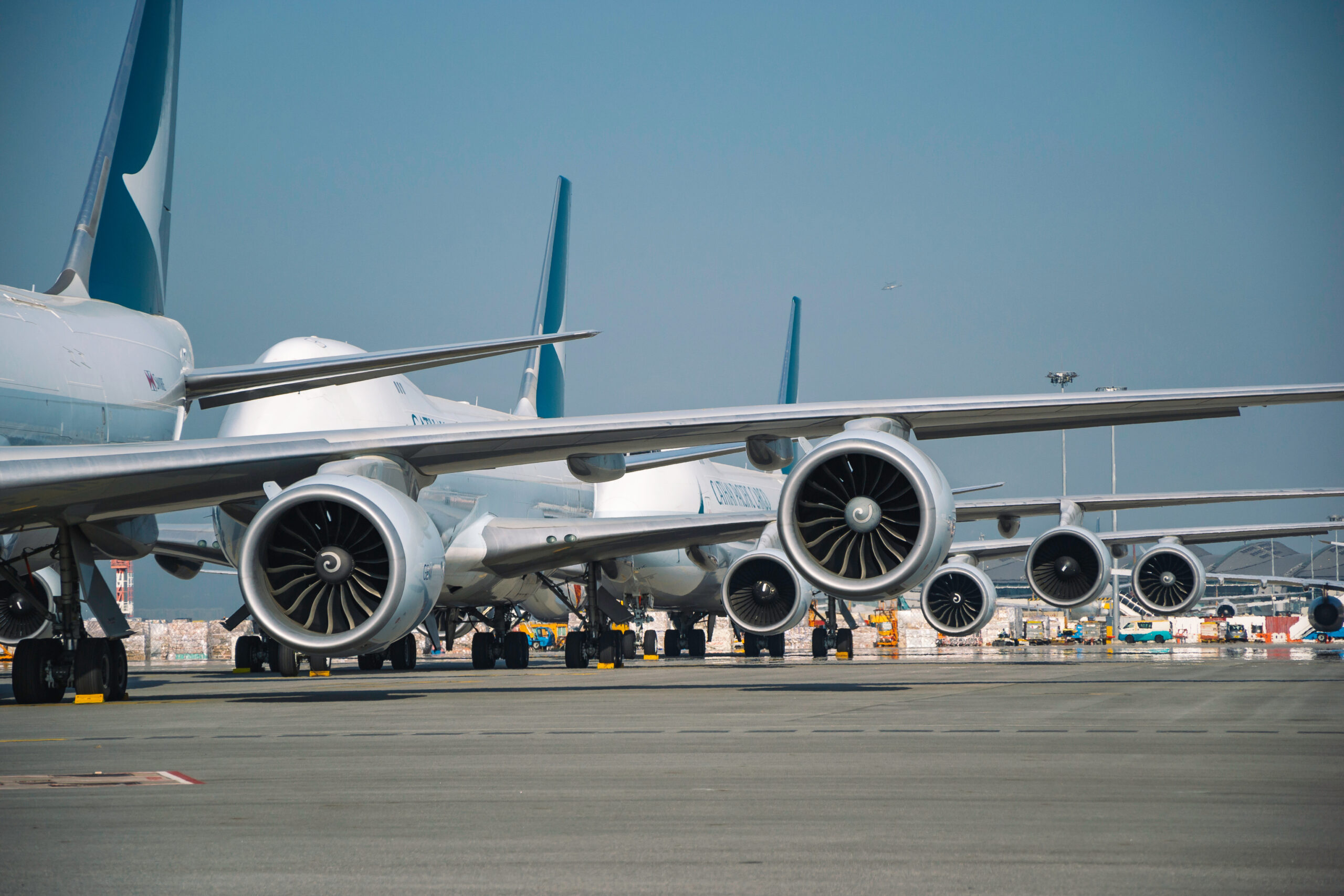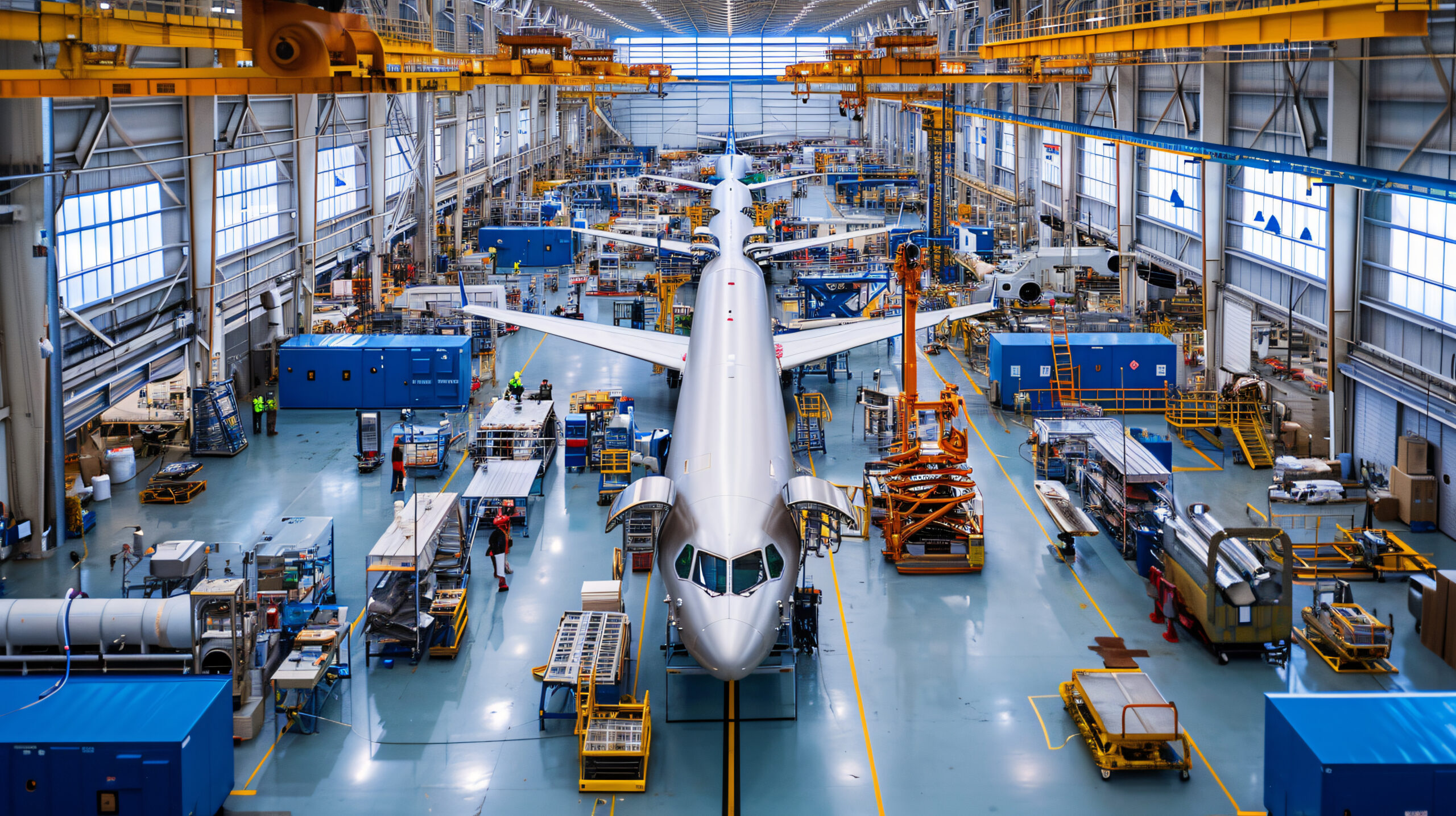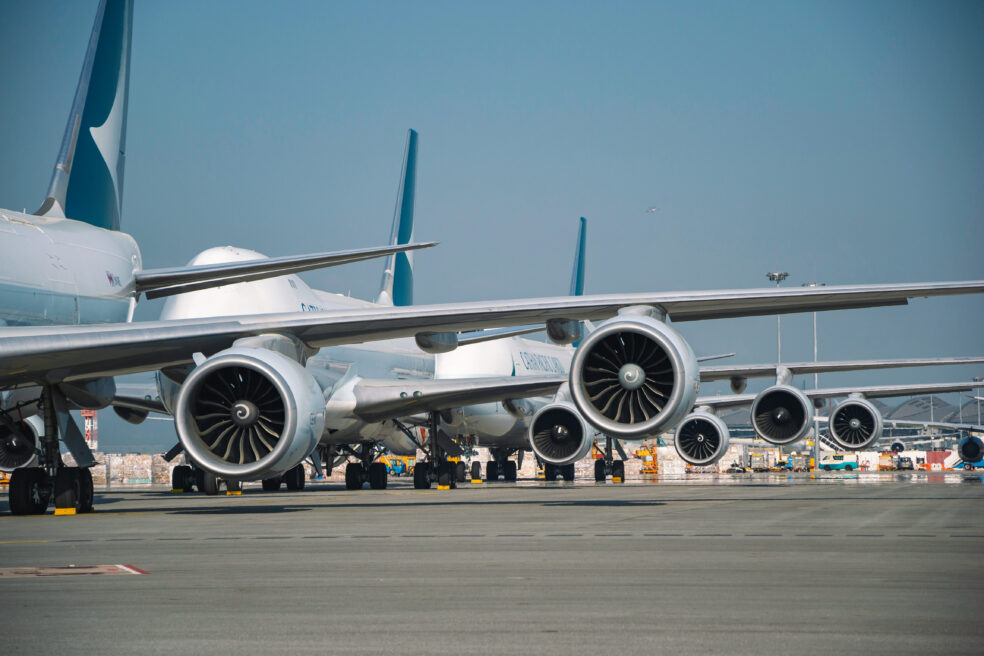Navigating the Skies: An Overview of the Thriving China Aviation Industry
In recent decades, the China aviation industry has soared to new heights, transforming itself into a global powerhouse. Marked by remarkable growth, strategic investments, and technological advancements, China's aviation sector has become a key player in the global aerospace arena. This overview will delve into the important specifications of the China aviation industry, exploring key factors that have fuelled its rise and examining the industry's impact on both domestic and international fronts.

Aviation Industry Clusters in China: A Symphony of Innovation
The aviation industry in China has witnessed significant growth and development, marked by the emergence of five key industry clusters strategically located in Shanghai, Shenyang, Xi’an, Chengdu, and Zhuhai. These clusters serve as focal points for the country's aviation sector, encompassing a range of activities from research and development to manufacturing and maintenance. Shanghai, a global economic hub, plays a pivotal role in fostering innovation and business collaboration within the aviation domain. Shenyang, with its strong industrial base, contributes to the production and advancement of aircraft technologies. Xi’an, historically significant and strategically located, is a key player in the aviation landscape, focusing on research and production. Chengdu, known for its technological prowess, is a centre for aerospace manufacturing and engineering excellence. Meanwhile, Zhuhai, situated in the Pearl River Delta, plays a crucial role in aircraft manufacturing and related services. These industry clusters collectively contribute to China's position as a major player in the global aviation sector, fostering innovation, economic growth, and technological advancements.
Leading Chinese Aviation Component Manufacturers: Crafting Excellence
AVIC Group stands out as the foremost player in the Chinese aviation industry, holding a prominent position in the manufacturing of diverse components and subsystems. As a key entity, AVIC Group oversees subsidiaries that specialise in the production of critical aviation components, contributing significantly to the development and advancement of the sector. These subsidiaries are at the forefront of manufacturing essential elements that comprise the intricate systems within aircraft. AVIC Group's leadership extends beyond its role as a singular entity, showcasing a comprehensive approach to the aviation domain through its subsidiaries. This strategic positioning allows the conglomerate to play a pivotal role in enhancing China's capabilities in aviation technology, reinforcing its status as a major contributor to the global aerospace landscape.
Global Aviation Powerhouses: Foreign Industry Leaders Catalysing Growth in China's Aerospace Sector
China's aviation landscape has attracted the presence of renowned international players, positioning the country as a key hub for global aviation component manufacturing. Notably, industry giants such as GE Aerospace, EATON, Parker, Singapore Aerospace Manufacturing, Safran, Liebherr, and Airbus have strategically established their foothold in China. This strategic deployment reflects a significant commitment to the burgeoning aerospace market in the region. These leading foreign manufacturers bring with them a wealth of expertise and cutting-edge technologies, contributing to the growth and sophistication of China's aviation industry. Their presence underscores the collaborative nature of the global aerospace sector, fostering partnerships and knowledge exchange that propel China's aviation capabilities to new heights. The collective influence of these esteemed companies contributes to the continuous evolution and competitiveness of the Chinese aviation sector on the world stage.
Overview of Sino-Foreign Aviation Joint Ventures in China: A Melodic Partnership
In a strategic move to synergise expertise and resources, several foreign players have forged Sino-Foreign aviation joint ventures in China, reflecting a collaborative approach to the country's dynamic aerospace sector. These joint ventures involve partnerships between international aviation companies and their Chinese counterparts, with a notable characteristic being a nearly equal split in the investment proportion. This equitable investment distribution underscores a commitment to shared responsibilities and mutual benefits, facilitating a balanced collaboration in the development of aviation technologies and services. The establishment of these joint ventures not only enhances the technological capabilities of Chinese companies but also fosters a cross-cultural exchange of knowledge and innovation. As these partnerships continue to evolve, they play a pivotal role in propelling China's aviation industry to new heights by leveraging the combined strengths and resources of both domestic and international players.
Development History of Commercial Aircraft in China
In a testament to its growing influence in the global aviation landscape, China has achieved significant milestones in the development of commercial aircraft. The ARJ21, which marked China's venture into regional aviation with its inaugural flight in 2008, paved the way for subsequent successes. Building on this achievement, China introduced the C919, a notable large passenger aircraft. Concurrently, the nation's commitment to advancing aerospace capabilities is evident as the long-range wide-body aircraft project enters the detailed design phase. This showcases China's steadfast dedication to technological innovation and a drive toward self-sufficiency in the dynamic aerospace sector.

Overview of the Large Passenger Aircraft C919
The C919 stands as a milestone in China's aviation landscape, marking the initiation of domestic large passenger aircraft manufacturing and propelling commercial operations into a substantial scale.
- Introduction: Developed by China according to international airworthiness standards, the C919 is a large passenger jet boasting a seating capacity of 158-192 passengers and an impressive range of 4,075-5,555 kilometres.
- Project Development: Initiated by the Commercial Aircraft Corporation of China (COMAC) in 2007, the C919 underwent a meticulous development process. Its final assembly was successfully completed on November 2nd, 2015, leading to a significant milestone with its maiden flight in May 2017. The aircraft obtained its type certificate (TC) on September 29th, 2022, and on December 9th, 2022, witnessed its inaugural delivery.
- Commercial Operation: The commencement of commercial operations for the C919 unfolded on December 9th, 2022, with subsequent deliveries to China Eastern Airlines on July 16th, 2023, and December 9th, 2023. From May 28th to December 12th, 2023, approximately 580 flights have been operated, serving nearly 72,000 passengers, showcasing the aircraft's operational prowess and contribution to air travel.
- Future Development: Looking ahead, the C919 is set for further evolution. A shortened version, known as the high-altitude variant, with a seating capacity of 140, is specifically designed for operations at high-altitude airports, boasting a range of 3,000 kilometres. Additionally, an extended version with a seating capacity of 210 is tailored for mid-markets, featuring an extended range of 4,500 kilometres.
Overview Long-Range Wide-Body Aircraft C929
The C929 is currently in the detailed design phase, with its maiden flight anticipated to occur around 2030, pointing towards auspicious prospects on the horizon.
- Introduction: The C929, a long-range wide-body passenger aircraft, is a testament to the collaborative efforts of China and Russia in shaping the future of air travel. Featuring a twin-aisle cabin layout, the baseline model, CR929-600, offers an impressive range of 12,000 kilometres and accommodates 280 passengers. Additionally, there are shortened and extended variants, named the CR929-500 and CR929-700, respectively.
- Project Development: The inception of the C929 project dates back to June 2016, marked by the signing of a joint venture contract between the Commercial Aircraft Corporation of China (COMAC) and the United Aircraft Corporation of Russia. In 2017, the China-Russia Commercial Aircraft International Corporation (CRAIC) was established, officially kickstarting the collaborative effort. By 2018, significant progress was made with the finalization of the overall exterior design and key parameters of the CR929, signalling the shared vision of both nations. However, in 2022, Russia, initially a primary collaborator, withdrew from the project.
- Future Development: Despite this setback, the C929 project has gained official approval, and China is moving forward independently. The aircraft has entered the detailed design phase, as announced by Mr. Qi Xuefeng, Vice General Manager of COMAC, during an aviation transport conference on November 3rd, 2023. With maiden flight expectations set for around 2030, the C929 stands as a promising symbol of innovation.
The China aviation industry's trajectory has been nothing short of remarkable. From a rapid expansion of infrastructure to the emergence of domestic aircraft manufacturers and groundbreaking technological innovations, China has firmly established itself as a force to be reckoned within the global aviation landscape. As the industry continues to evolve, its impact on both domestic and international fronts will undoubtedly shape the future of air travel. For further discussion on this topic you may contact John Deng, EAC Partner in Shanghai.
Latest
India’s Technical Textile Sector: Strategic Growth Outlook

The April tariff shockwave necessitates navigating the new trade landscape

India’s Wind Sector at Scale: Infrastructure, Investment, and Industrialization

Elevated Experiences, Broader Appeal: India’s Premiumization Trend


